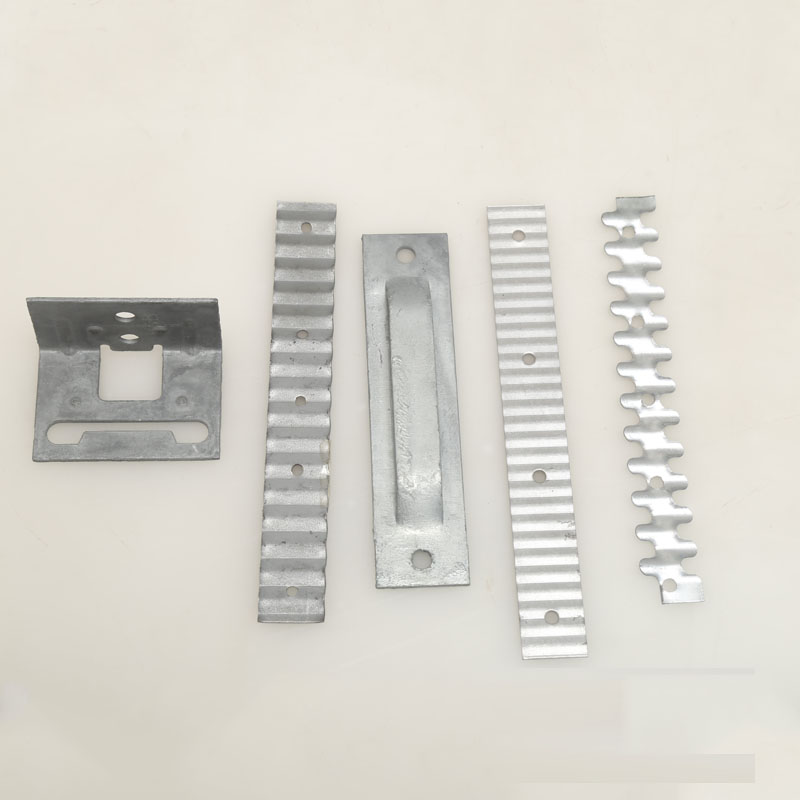
- Mobile Phone
- +8613931874955
- sales@cntcmetal.com
Effective Techniques for Repairing Cavity Wall Ties to Ensure Structural Integrity and Safety
Cavity Wall Tie Repair Ensuring Structural Integrity and Safety
Cavity wall construction has become a popular method in modern building design due to its insulation properties and moisture prevention features. However, like all building components, cavity wall ties can experience wear and deterioration over time, leading to structural concerns. This article discusses the importance of cavity wall ties, signs of damage, and the repair process to ensure the safety and longevity of your structure.
Understanding Cavity Wall Ties
Cavity walls consist of two layers of masonry separated by a space, or cavity, which enhances thermal insulation and prevents moisture intrusion. Cavity wall ties are crucial components that connect the inner and outer leaves of the wall, providing stability and support. Typically made of metal, these ties must be durable and resistant to corrosion to perform effectively.
Signs of Cavity Wall Tie Failure
Over time, various factors such as moisture ingress, freeze-thaw cycles, and corrosion can lead to the deterioration of cavity wall ties. Homeowners and building managers should be vigilant for signs of potential failure, which can include
1. Cracking Walls Horizontal or vertical cracks appearing on the exterior surfaces may indicate that the ties are failing to hold the wall together effectively. 2. Bulging or Bowing Walls Visible bulges or bows in the walls suggest that the ties are no longer providing adequate support, posing a risk of collapse. 3. Dampness and Mold Persistent damp areas on interior walls may be a sign of a compromised cavity, which could reflect issues with the tie system allowing moisture to breach the wall.
4. Rust Stains The presence of rust stains on the brickwork can indicate that the metal ties are corroding, leading to potential failure.
Repairing Cavity Wall Ties
cavity wall tie repair

When signs of cavity wall tie failure are detected, it is crucial to address the issue promptly to prevent further structural damage. Repair processes typically involve the following steps
1. Assessment A thorough inspection should be conducted, often by a structural engineer or a professional with expertise in cavity wall systems. They will evaluate the extent of the damage and recommend the best course of action.
2. Installation of New Ties If the existing ties are deemed inadequate or corroded, they must be replaced. This can involve drilling into the masonry to install new ties, which are often made of stainless steel or other corrosion-resistant materials.
3. Repointing and Masonry Repair After new ties are installed, any cracks or holes in the mortar should be repointed to ensure the structural integrity of the wall is restored.
4. Moisture Control Measures To prevent future issues, it may be necessary to implement additional moisture control measures. This could include installing weep holes to facilitate drainage and ensure that no water is trapped within the cavity.
5. Regular Maintenance Regular inspections and maintenance of cavity wall ties can help identify issues early, reducing the risk of significant damage in the future.
Conclusion
Cavity wall ties play a crucial role in maintaining the structural integrity and safety of buildings. Recognizing the signs of tie failure and addressing them promptly through professional repair services is essential. By doing so, property owners can ensure their buildings remain safe, resilient, and capable of withstanding the test of time. Regular maintenance and vigilance can go a long way in safeguarding your property against the hidden dangers of cavity wall tie deterioration.
share:
-
Why Sacrificial Formwork Is Redefining Underground ConstructionNewsJun.06,2025
-
The Structural Dynamics of Modern Concrete: How Snake Spacers Revolutionize Flexible ReinforcementNewsJun.06,2025
-
Snake Spacers Smart-Lock Concrete Reinforcement with Surgical PrecisionNewsJun.06,2025
-
Snake Spacers: Reinforcement Precision for Modern Concrete ProjectsNewsJun.06,2025
-
Snake Spacers Powering Concrete's Structural DNANewsJun.06,2025
-
Slither into Success: Snake Spacers' Precision Bite for Unbreakable ReinforcementNewsJun.06,2025
-
Sacrificial Formwork: Building Stronger, Faster, and Safer StructuresNewsJun.06,2025



















